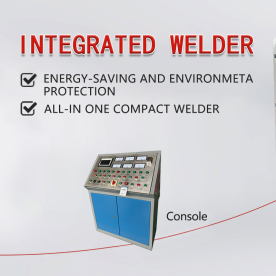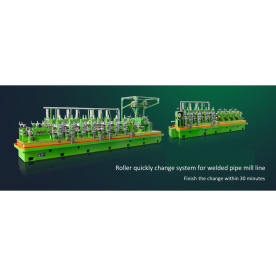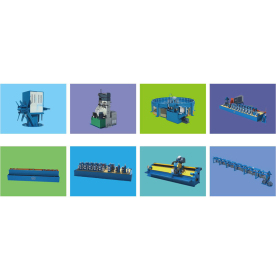[Pipe mill production line]Pipe Mill Production Line: A Comprehensive Guide to Efficiently Produce Pipes
News 2025-3-21

Pipe Mill Production Line: A Comprehensive Guide to Efficiently Produce Pipes
What Is a Pipe Mill Production Line?
A pipe mill production line is a series of machines and processes designed to manufacture pipes products. These lines are typically composed of multiple machines that perform various operations such as rolling, cutting, bending, welding, and finishing. The specific machines and processes used in a pipe mill production line depend on the type of pipe being produced, as well as the desired output quantity and quality.

Pipe Mill Production Line: A Comprehensive Guide to Efficiently Produce Pipes
1. Raw Material Handling: The first step in a pipe mill production line is the handling of raw materials such as steel bars or billets. This involves loading, unloading, and transportation of the materials to the next stage of production.
2. Rolling Mills: Rolling mills are used to reduce the thickness of the raw material and shape it into a pipe-like structure. These mills may include different types of rolling machines such as hot rolling mills, cold rolling mills, and profile rolling mills.
3. Welding Machines: Welding machines are used to join the pieces of metal together to form a continuous pipe. This process involves various welding techniques such as electric arc welding, gas welding, and fusion welding.
4. Bending Machines: Bending machines are used to shape the pipes into the desired curvature. These machines can handle different pipe sizes and materials, and they ensure that the pipes bends without causing any damage or cracks.
5. Cutting Machines: Cutting machines are used to cut the pipes into the desired lengths. These machines are equipped with precision blades that ensure accurate cuts without any burrs or uneven edges.
6. Quality Control: Quality control is a crucial aspect of any production line. In a pipe mill production line, quality control involves inspecting the pipes for defects, measuring its dimensions, and testing its mechanical properties to ensure it meets the specified standards.
Best Practices for Efficient Pipe Mill Production Line Operation
1. Regular Maintenance: Regular maintenance of the machines and equipment in the pipe mill production line is essential to ensure their smooth operation and prevent any downtime. This includes checking for wear and tear, replacing parts that are past their lifespan, and lubricating moving parts to ensure smooth operation.
2. Optimization of Production Processes: Optimizing the production processes in the pipe mill production line can significantly improve efficiency and productivity. This includes scheduling maintenance activities during low-demand periods, optimizing machine settings for different types of materials, and using automated systems to monitor and control the production process.
3. Training of Personnel: Training of personnel is crucial in ensuring efficient operation of the pipe mill production line. Operators should be trained on how to use the machines, understand the processes involved, and identify potential problems that could affect production.

